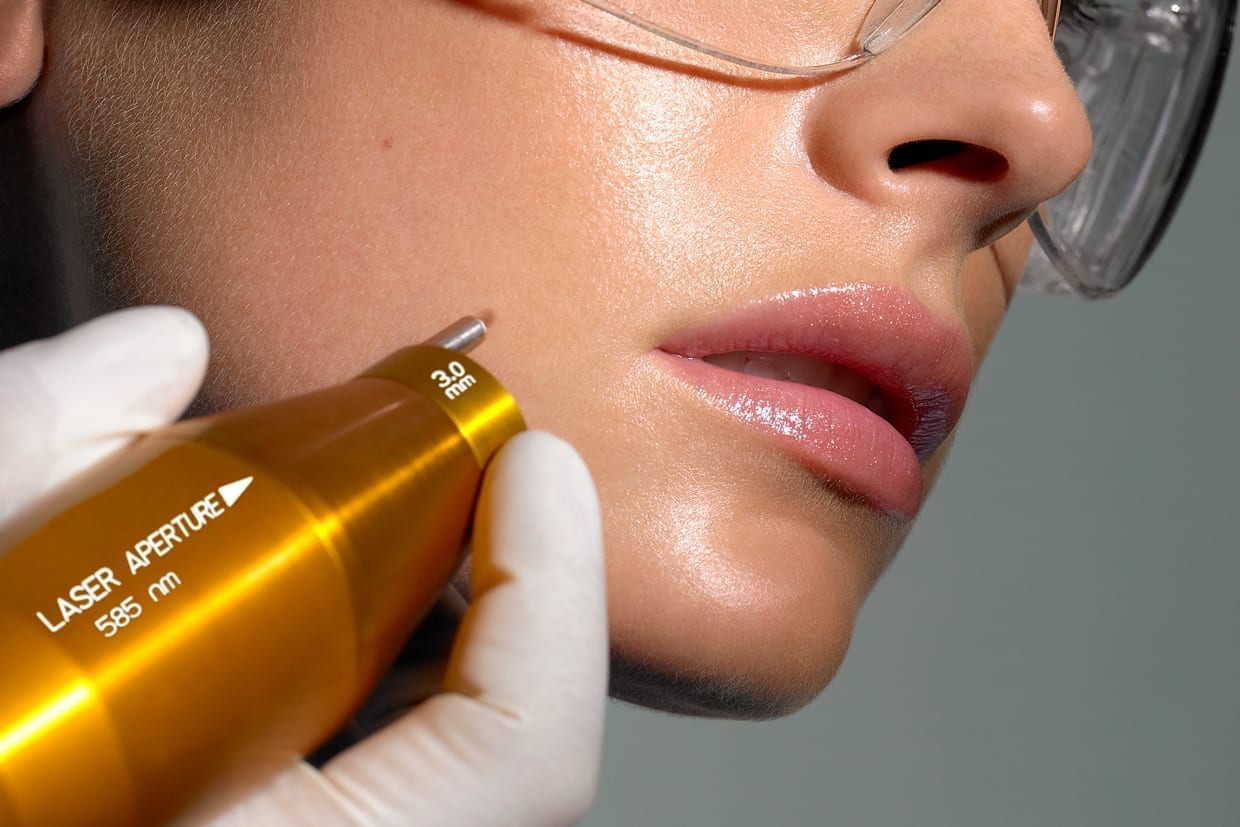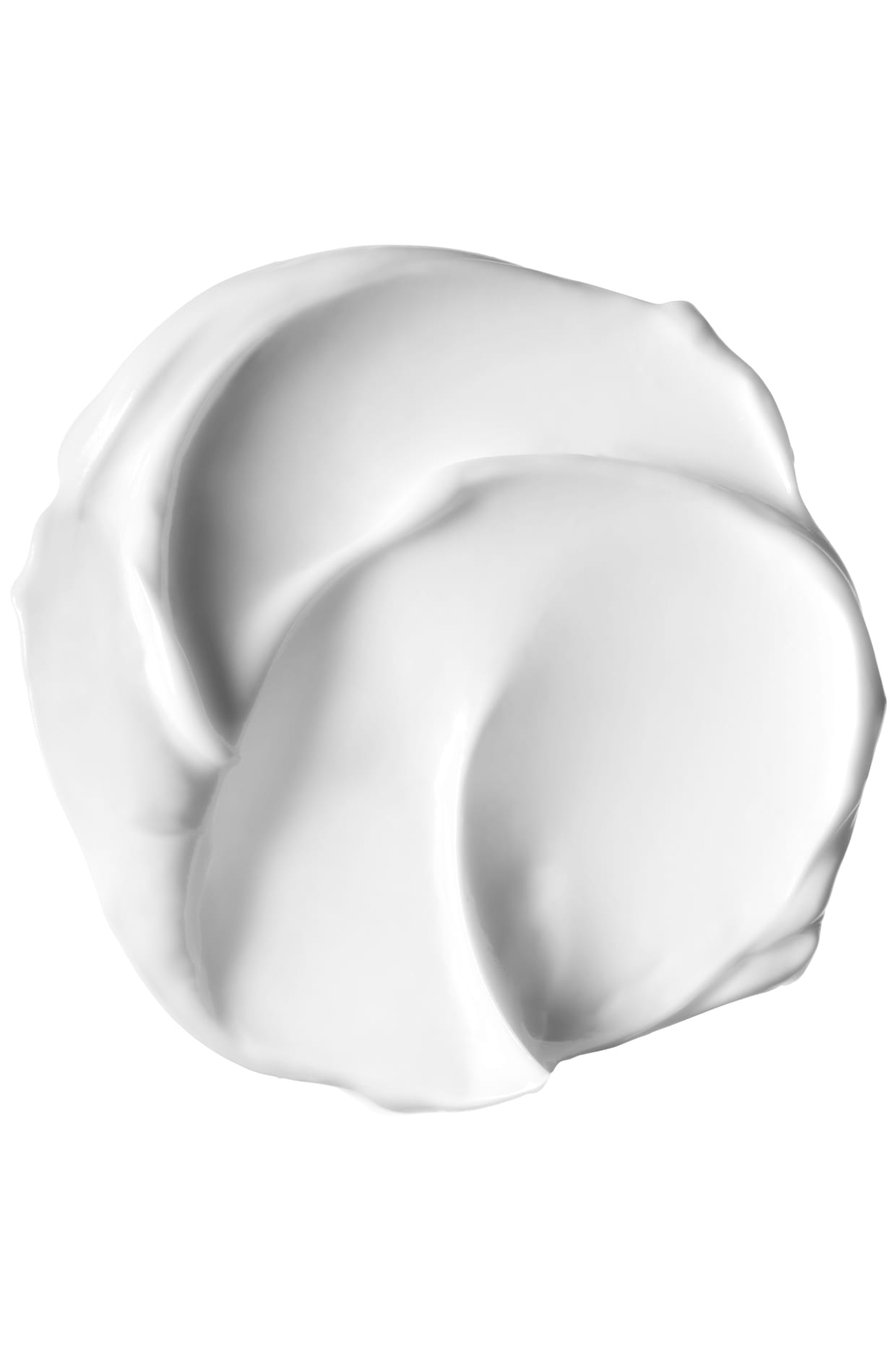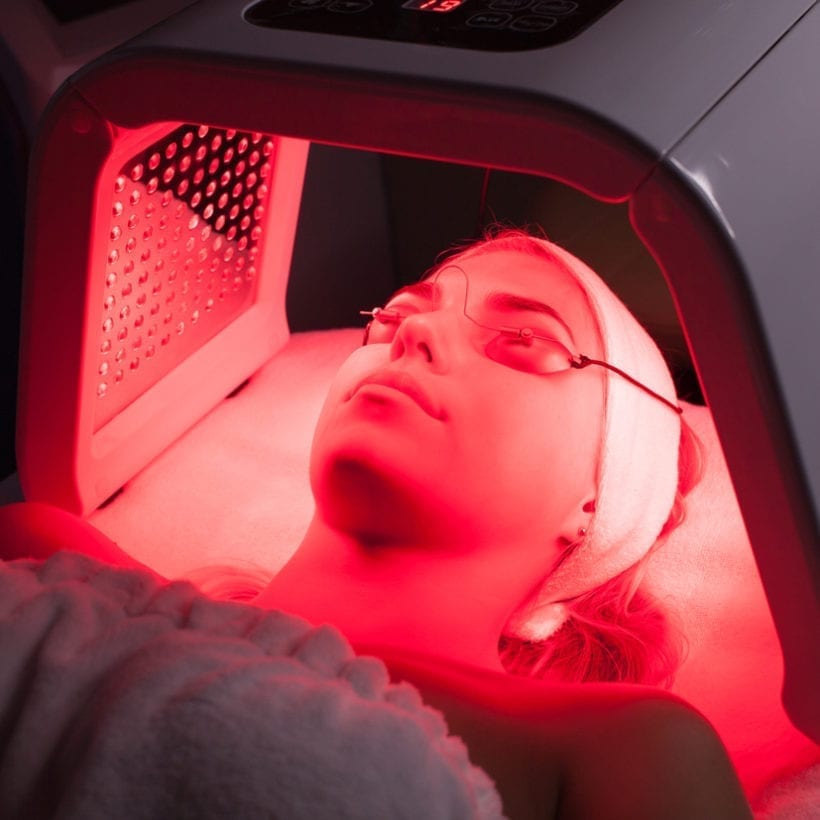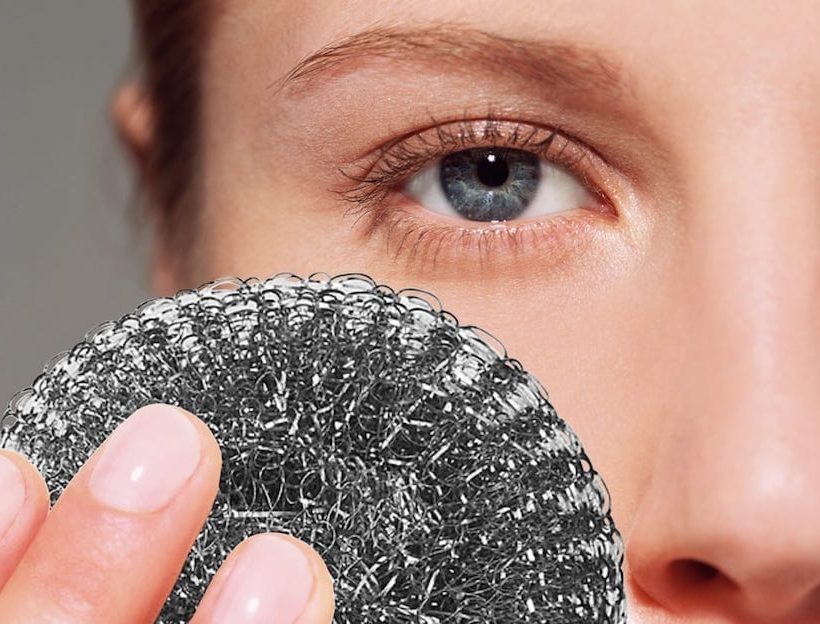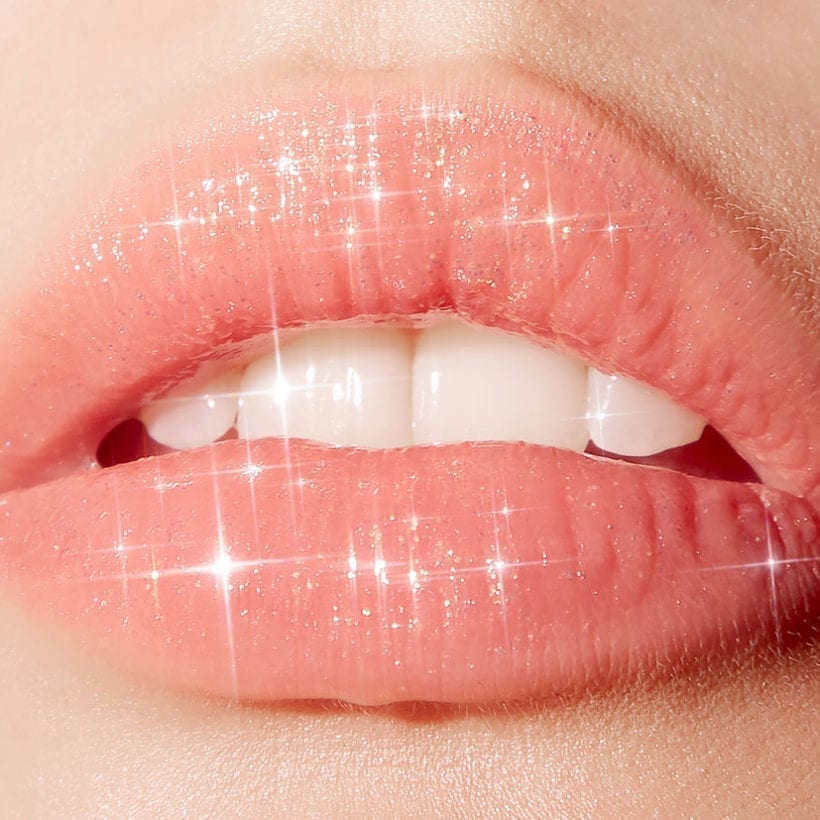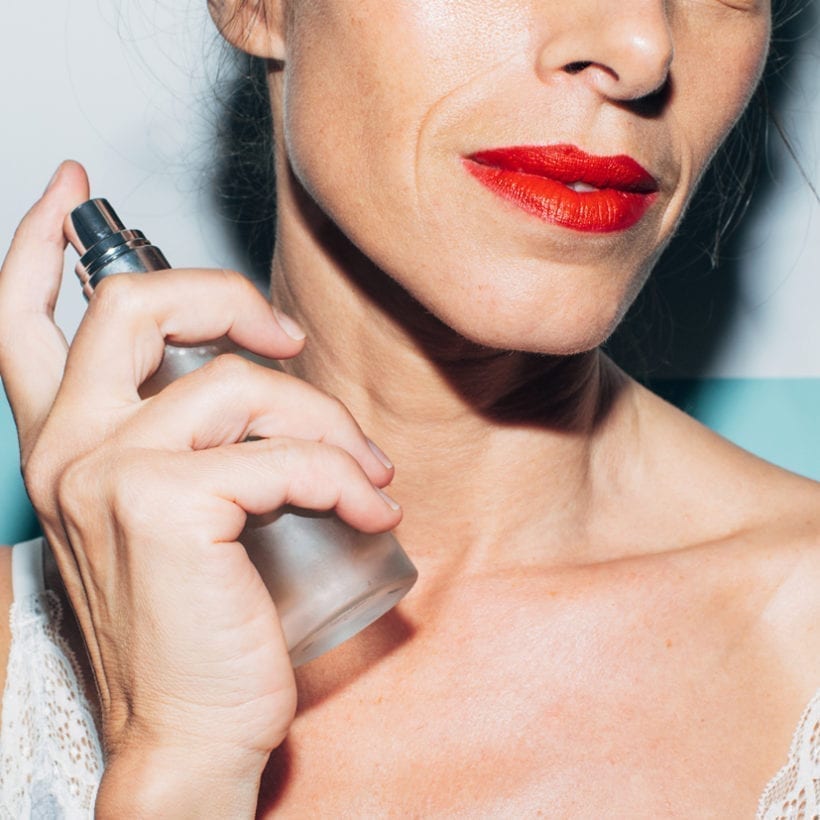Lasers are the workhorses of the non-invasive skincare treatment arsenal. A powerful bit of skincare science, the result of good laser treatment is like magic: they can do everything from smooth skin tone and texture, treat age spots, stretch marks and wrinkles, and even remove hair (or encourage hair growth).
How Lasers Work
“Lasers are a form of energy that provides heat to the skin,” via different wavelengths of light, explains Doris Day, M.D., a board-certified dermatologist in New York. Essentially, all lasers create “controlled burns” in the skin, which are hyper-targeted to achieve results like hair removal, skin resurfacing or color correction. The key to results lies in the type of laser used —different wavelengths can precisely target different skin concerns. For example, certain wavelengths target only red pigments so that laser treatment can remove broken blood vessels without damaging the surrounding skin.
In the hands of a highly trained doctor, laser treatments deliver killer results. “These are not to be taken lightly — they are very serious devices. They have amazing results, but they can also cause problems [like burns or scarring] if not used properly,” says Day. Seeing a board-certified dermatologist or plastic surgeon is the safest way to go.
Lasers can be painful — the stronger the energy, the more painful the treatment will be and the more recovery time you will need. To keep treatments from becoming too torturous, dermatologists use topical anesthetic for 30 to 40 minutes to numb the skin, then do the laser treatment. When more powerful lasers are used, your doctor might use a more powerful anesthetic like a lidocaine injection.
Laser Treatments to Know
The best laser treatment depends on the specific results you are going for. “I view lasers as being on a spectrum from least significant results and least downtime to most significant results with most downtime,” says Darren Smith, M.D., a board-certified plastic surgeon in New York. Here is everything you need to know about the top laser treatments, whether you are a newbie or a laser aficionado.
Clear + Brilliant
https://www.instagram.com/p/B2nTJ7lHK_u/
What it can do
Clear + Brilliant has earned its brilliant name for delivering great skin resurfacing results without the pain or downtime associated with more intense lasers. “Clear + Brilliant is truly one of the gentlest, yet one of the most effective, laser treatments available to combat the effects of aging and to restore youthful, smooth, vibrant skin,” says Ava Shamban, M.D., a board-certified dermatologist and founder of Skin Five by Ava MD clinics. “Specifically, it’s known for smoothing skin tone and texture, reducing the size of large pores, and minimizing sun damage, brown spots, and uneven pigmentation”.
Looking for a level up? Clear + Brilliant Perméa penetrates deeper into the skin and also boosts your skin’s ability to absorb topical serums more effectively. Translation: It creates a double-whammy effect on the skin.
Who it’s best for
It is a perfect pick if you have never had a laser treatment before or are intimidated by the more intense (read: more painful) treatment options. “A single session is quick, virtually painless, and can be used on any skin tone color, type, or ethnicity with an immediate result,” says Shamban, adding that there is basically no downtime. “Unlike most of the lasers, this has an instant glow and result after one treatment.” To see long-lasting results, you will need up to four sessions (once every one to two weeks).
What to pair it with
Clear + Brilliant does amazing things on the surface of your skin — but it doesn’t trigger any deeper changes like tightening or lifting. For this reason, many patients like to pair it with a lifting treatment like Ultherapy, says Shamban.
Dynamis PRO
What it can do
https://www.instagram.com/p/BRG5G-kFYov/
There is not much Dynamis PRO can’t do. “It is able to be used to personalize treatments tailored to the specific patient and skin condition,” says Shamban. Dynamis’ customized options do everything from targeting sagging, fine lines and wrinkles, sun damage, acne and acne scarring, redness, veins, stubborn areas of fat, scarring and redness. “It has literally 20 settings to use to treat the skin from laser hair removal to performing deep peels, resurface the skin, or improving discolorations in hyperpigmented areas of skin,” says Shamban.
The basic science is the same as any laser — what is revolutionary is the ability for doctors to customize the precise way the laser’s energy is delivered. “It has two complementary energy wavelengths working in tandem with dozens of handheld attachments,” explains Shamban. “It can work from full to fractional laser resurfacing with energy waves entering the layers of the dermis using a variable square pulse pattern with micron-level precision for careful, predictable and precise outcomes. This is our superstar for sure.”
Who it’s best for
Thanks to Dynamis’ versatility, the treatment can be used on any skin type or tone. But do expect a little more downtime. “The laser causes an active reaction so there may be an associated recovery period, albeit short and minimal,” says Shamban. A little swelling or peeling for a day or so after treatment is normal.
What to pair it with
Since Dynamis PRO does it all, you don’t need to pair it with any other treatments for great, well-rounded results.
Vbeam Perfecta
What it can do
https://www.instagram.com/p/B2X6MwSHNww/
Vbeam is a pulsed-dye laser (PDL). It has two main targets: pigment and vascular issues like spider veins. PDL is excellent for redness: vascular lesions, sun damage, pink stretch marks and scars, rosacea, sun damage, spider veins, and superficial bruises. It works by targeting hemoglobin, a protein present in red blood cells. “It destroys the small blood vessels responsible for the red pigment in the lesions while sparing surrounding tissues,” says Smith.
Who it’s best for
Unfortunately, since it targets pigment, Vbeam Perfecta isn’t for all skin tones. “Patients with darker skin types are at higher risk for pigmentation changes,” says Smith. Talk to your dermatologist about the best option for your skin tone.
What to pair it with
If you are targeting a specific issue, Vbeam may be the only treatment you need. If you want to get something else done — like injectables — while you are in the office, go for it. “The laser should just be performed first so it doesn’t disrupt the injectable products,” says Smith.
PICO Genesis
https://www.instagram.com/p/B1uyHkAAFqH/
What it can do
Picosecond lasers like PICO Genesis are the go-to for tattoo removal. But these lasers can also target other types of pigments like melasma, age spots and sun damage. “This laser focuses on improving the evenness of your skin by directly targeting sun spots, unwanted freckles, age spots and other areas of hyperpigmentation and breaking them down,” says Shamban.
Picosecond lasers have a combination of high-strength, short-wavelength light waves that blast pigment in the skin into tiny particles. “From there, the pigment will be absorbed by our body’s own lymphatic metabolism and it gradually decreases or is eliminated altogether,” explains Shamban. “Resulting benefits are reductions in sun and age spots, and overall brighter and more even skin tone. The PICO Genesis is also able to resurface the upper layers of the skin, leading to a brighter uniform complexion.”
For best results, it typically takes two to four treatments, but “the actual number of sessions will vary between patients and the area needed to treat,” says Shamban.
Who it’s best for
“PICO Genesis is safe to use in all skin types, even in patients with darker skin tones who may blemish more easily from other lasers,” says Shamban.
Some people find picosecond lasers painful. With numbing cream and local anesthesia, it is not bad at all. This underscores the importance of having these treatments performed by a provider with access to these anesthetic measures. Shamban says most patients ultimately feel that it’s about the same as the flick of a light rubber band against your skin.
The good news? Side effects are usually mild. “Side effects include slight redness and swelling on the areas treated, but this should subside within a few hours to a day post-treatment,” says Shamban.
What to pair it with
Shamban suggests radiofrequency or ultrasound treatments like Ultherapy as a perfect complement to PICO Genesis. “They will help to induce a collagen and elastin response resulting in a more youthful appearance,” she says. “It becomes a one-two punch in terms of tightening and resurfacing.”
Before and After Your Treatment
A solid skincare routine is important no matter what type of in-office treatment you are getting — but with laser treatments, skincare is extra important. “I always pair laser treatments with proper skincare before, immediately after, and then for the following days, to week, to months, because all of that will amplify your results,” says Day.
Before Your Treatment
Harsher skincare ingredients like retinol can potentially make your skin a little sensitive — not ideal pre-laser treatment. “We typically say to stop things that could be irritating like retinoic acid, three to four days at least before a laser resurfacing treatment,” says Day.
After your treatment
Immediately after laser treatment, your skin is primed to absorb topical ingredients. In other words, any of the normal benefits you get from skincare ingredients will be supercharged. “What we are learning is that the laser is a tool to create a reaction in the skin, but what we apply to the skin around it will have a huge impact on the outcome that you get,” explains Day. “So, I often pair it with things that I would normally inject like hyaluronic acid, or even topical serum to boost collagen production. Now that I have created these channels in the skin, I know I can put those things on the skin and have an impact to some extent — we are doing a lot to amplify the benefits of lasers by what we do around them.”
After you get home
Depending on what type of laser treatment you have, your dermatologist will recommend a personalized skincare regimen. But there are two things it should always include: a lightweight breathable moisturizer, which is better for skin’s healing and SPF — when the skin is healing from a laser treatment, protecting it from the damaging effects of UVA and UVB rays is even more important.
We only recommend products we have independently researched, tested, and loved. If you purchase a product found through our links, Sunday Edit may earn an affiliate commission.
